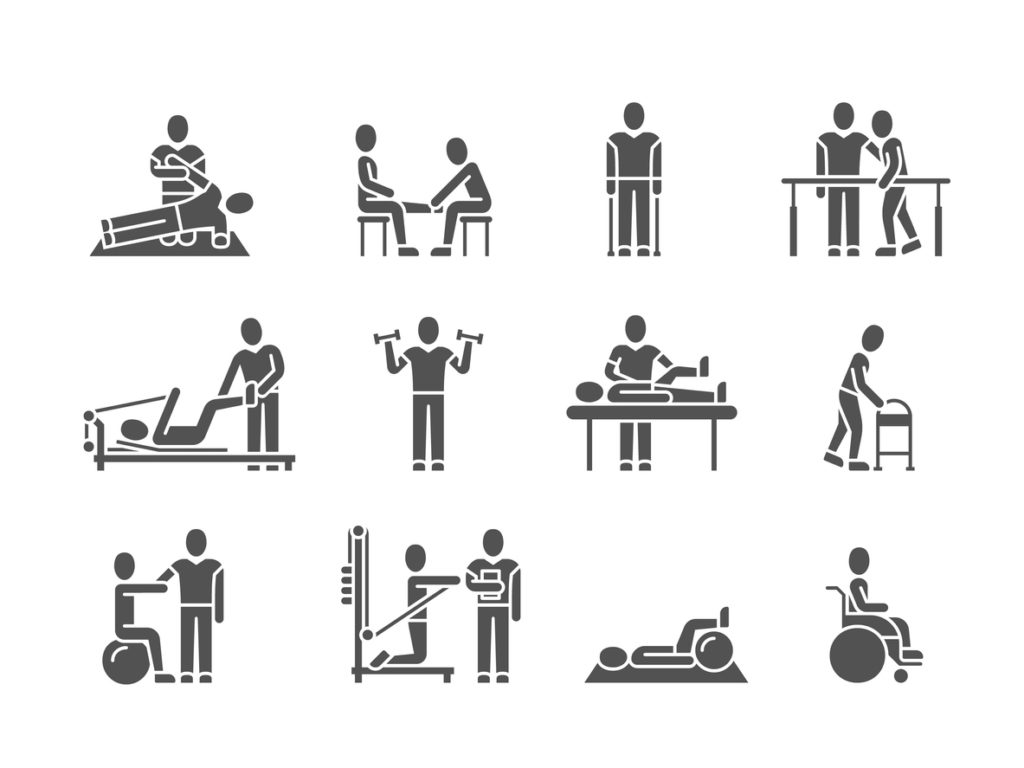This study tests the effectiveness of different treatments for the three most commonly diagnosed lumbar (lower) spine conditions. The purpose of the study is to learn which of two commonly prescribed treatments (surgery and non-surgical therapy) works better for specific types of low back pain.
This study tests the effectiveness of different treatments for the three most commonly diagnosed lumbar (lower) spine conditions. The purpose of the study is to learn which of two commonly prescribed treatments (surgery and non-surgical therapy) works better for specific types of low back pain. In this part of the study, people with lumbar intervertebral disc herniation (damage to the tissue between the bones of the lower spine, or backbone) will receive either discectomy (surgical removal of herniated disc material) or non-surgical treatment. This study does not cover the cost of treatment. Condition: – Herniated Disc- Low Back Pain Study Type: InterventionalStudy Design: Treatment, Randomized, Open Label, Active Control, Parallel Assignment, Efficacy Study Official Title: Spine Patient Outcomes Research Trial (SPORT): A Multicenter Randomized Trial for Intervertebral Disc Herniation (IDH)Further Study Details: Low back pain is considered one of the most widely experienced health problems in the United States and the world. This condition is the second most frequent condition, after the common cold, for which people see a physician or lose days from work. Estimated costs to those who are severely disabled from low back pain range from $30-70 billion annually. Rates of spinal surgery in the U.S. have increased sharply over time, and researchers have documented 15-fold geographic variation in rates of these surgeries. In many cases, where one lives and who one sees for the problem appear to determine the rates of surgery. Despite these trends, there is little evidence proving the effectiveness of these therapies over non-surgical management. Overall, the SPORT study is a multicenter, randomized, controlled trial for the three most common diagnostic groups for which spine surgery is performed: lumbar intervertebral disc herniation (IDH), spinal stenosis (SpS) and spinal stenosis secondary to degenerative spondylolisthesis (DS). This arm of the trial will deal with patients from the first diagnostic group. The study will compare the most commonly used standard surgical treatments to the most commonly used standard non-surgical treatments. We will conduct the study at 12 sites throughout the United States. The primary endpoint of the study will be changes in health-related quality of life as measured by the SF-36 health status questionnaire. Secondary endpoints will include patient satisfaction with treatment, utility for current health in order to estimate quality-adjusted life years (QALYS) as the measure for cost-effectiveness, resource use, and cost. We will follow patients at 6 weeks, 3, 6, 12, and 24 months to determine their health status, function, satisfaction, and use of health care. In this arm of the trial, we anticipate enrolling and randomly allocating a total of 500 participants. We will track an additional observational cohort to assess health and resource outcomes (1000 participants). Enrollment in the Observational cohort has been completed as of February 2003. We will integrate data from the trial and observational cohorts to formally estimate the cost-effectiveness of surgical versus non-surgical interventions for IDH, SpS, and DS. On the basis of the results of this trial we will, for the first time, have scientific evidence as to the relative effectiveness of surgical versus non-surgical treatment for these three most commonly diagnosed lumbar spine conditions. Eligibility Ages Eligible for Study: 18 Years and above, Genders Eligible for Study: Both Criteria Inclusion Criteria:Duration of symptoms: 6 or more weeks. Treatments tried: Non-steroidal anti-inflammatory medical therapy and physical therapy. Surgical screening: Persistent radicular pain provoked by moderate exercise, sitting, increased abdominal pressure, decreased mobility, list (scoliosis), straight leg raising. Tests: MRI to confirm diagnosis and level(s). Exclusion Criteria:Previous lumbar spine surgery. Not a surgical candidate for any of these reasons: Overall health which makes spinal surgery too life-threatening to be an appropriate alternative, dramatic improvement with conservative care, or inability (for any reason) to undergo surgery within 6 months. Possible pregnancy. Active malignancy: A patient with a history of any invasive malignancy (except non-melanoma skin cancer) is ineligible unless he or she has been treated with a curative intent AND there has been no clinical signs or symptoms of the malignancy for at least 5 years. Current fracture, infection, and/or deformity (greater than 15 degrees of lumbar scoliosis, using Cobb measure technique) of the spine. Age less than 18 years. Cauda Equina syndrome or progressive neurological deficit (usually requiring urgent surgery). Unavailability for follow-up (planning to move, no telephone, etc.) or inability to complete data surveys. Symptoms less than 6 weeks. Patient currently enrolled in any experimental “spine related” study. Expected Total Enrollment: 500[1] James N. Weinstein, DO, MS, Principal Investigator, Dartmouth Medical School [2] National Institute of Arthritis and Musculoskeletal and Skin Diseases (NIAMS)[3] National Institute for Occupational Safety and Health (NIOSH/CDC)[4] Office of Research on Women’s Health (ORWH)
All content and media on the HealthEngine Blog is created and published online for informational purposes only. It is not intended to be a substitute for professional medical advice and should not be relied on as health or personal advice. Always seek the guidance of your doctor or other qualified health professional with any questions you may have regarding your health or a medical condition. Never disregard the advice of a medical professional, or delay in seeking it because of something you have read on this Website. If you think you may have a medical emergency, call your doctor, go to the nearest hospital emergency department, or call the emergency services immediately.







